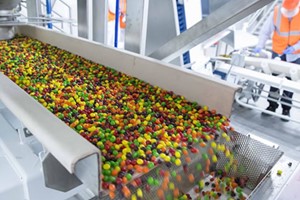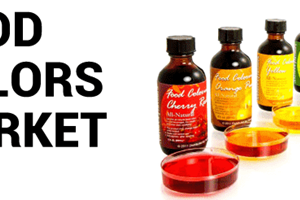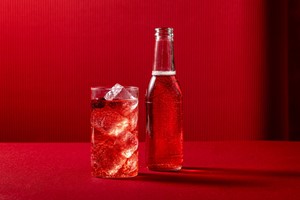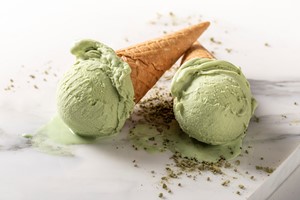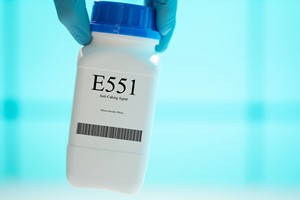Dive Brief:
A lawsuit was filed against Mars last week that argued its Skittles candies are “unfit for human consumption” because they contain titanium dioxide, “a known toxin.” Titanium dioxide is a common artificial colorant in food that helps colors appear brighter.
The California consumer who filed the class action case takes Mars to task for going back on its 2016 pledge to remove artificial colors from its human food portfolio within five years. The lawsuit points out there are several other brightly colored gummy candies on the market that do not use titanium dioxide.
In 2015 and 2016, several food companies — including Mars, Kellogg and General Mills — pledged to remove artificial colors from their portfolios. These promises have fallen by the wayside as companies faced some of the practical challenges of finding natural colors that have the same price and performance consumers are used to.
Dive Insight:
Seven years ago, removing artificial colors from food — including titanium dioxide — was a stated priority for three CPG companies known for the bright hues of their products.
But in the years since, the changes haven’t happened in the same way the companies initially promised. Mars posted a new statement about its commitment, stating it found that for the majority of its global consumers, artificial colors were not “ingredients of concern.” The company prioritized removing artificial colors from its European products — since many of them, titanium dioxide included, are not allowed there or require significant warning labels — as well as its dinnertime foods.
Mars stepping back from its initial pledge was not off-base, considering consumer reactions to formerly bright products reformulated with natural colors. In 2016, General Mills launched a variety of its Trix cereal with natural colors — which were colorful, but not nearly as vibrant and didn’t include blue or green pieces. In 2017, after hearing consumer complaints and seeing sales declines, General Mills brought back Trix with artificial colors.
Titanium dioxide, the coloring ingredient at the center of this lawsuit, has been in the spotlight lately.
Earlier this year, the European Commission announced it was banning titanium dioxide as a food additive. All products sold in the EU need to be free of the chemical as of August 7. According to the European Food Safety Authority, it is unclear whether the colorant can do permanent damage to people who eat it. The substance has been classified as a possible carcinogen by the International Agency for Research on Cancer.
But it’s also generally recognized as safe by the FDA. Titanium dioxide is used in many different products, though there are some companies like Whole Foods that do not use it in their products.
In response to the lawsuit, a Mars spokesperson said in an email, “While we do not comment on pending litigation, our use of titanium dioxide complies with FDA regulations.”
It’s not clear if this lawsuit will be able to continue, considering that titanium dioxide is a safe ingredient according to the federal government and Mars clearly stated it was not immediately moving to eliminate artificial colors in its U.S. candy on its website more than a year ago. The ingredient also is clearly stated on packages of Skittles.
This case brings the issue of artificial colors back into the limelight. The lawsuit has generated a lot of press in consumer media, calling attention to the issues about this ingredient — as well as other artificial colors.
The Center for Science in the Public Interest has been advocating for artificial colors to be banned in the U.S. since 2008 because it says synthetic food dyes have been linked to problems in children’s behavior since the 1970s. The organization’s action led to a 2011 meeting of FDA’s Food Advisory Committee about synthetic food dyes. But the meeting led to no actions, just more studies that seem to corroborate CSPI’s position.
California state senator Bob Wieckowski has been working to change state law on artificial colors in food. A bill he proposed in 2017 to require labeling on products using artificial colors became a near-$500,000 appropriation for a comprehensive study looking into the link between artificial food dyes and children’s behavior. It was published last April. A new version of his labeling bill failed in February.





